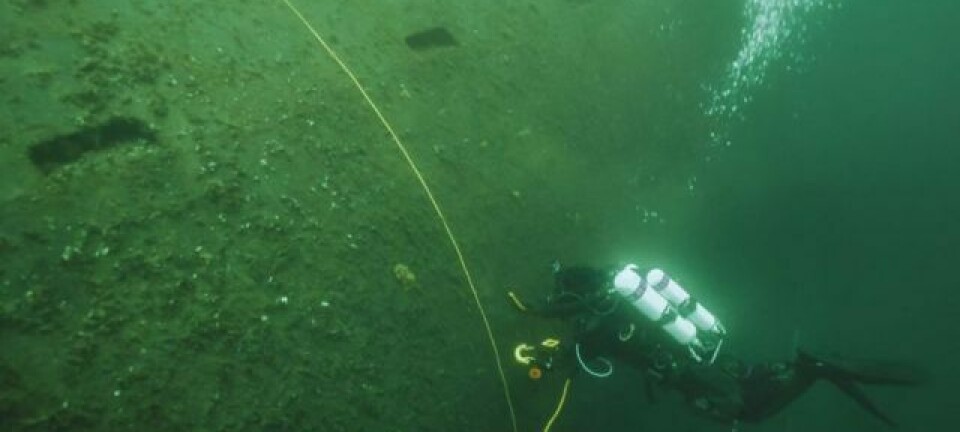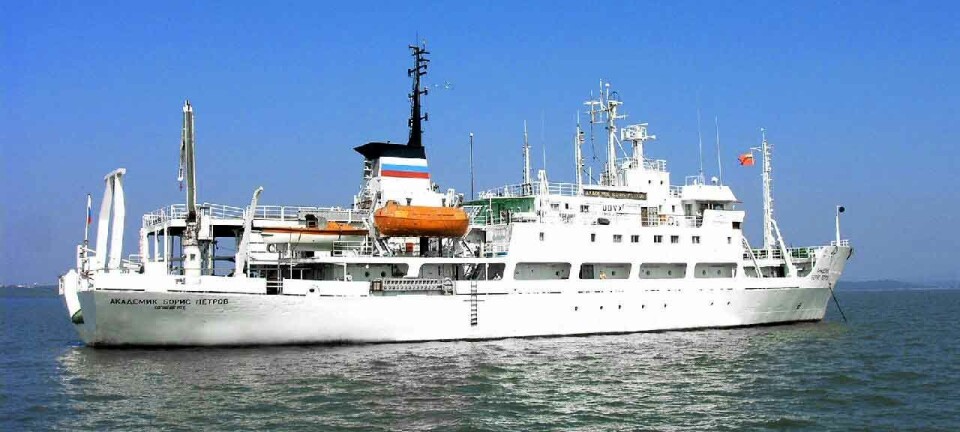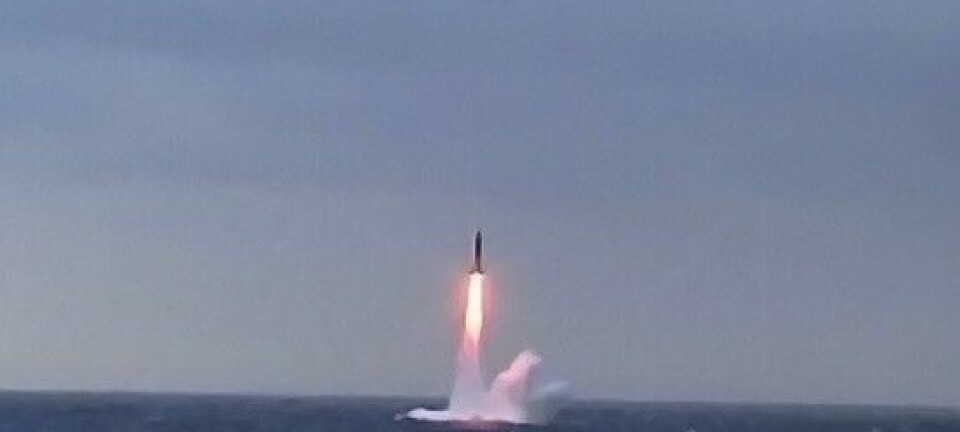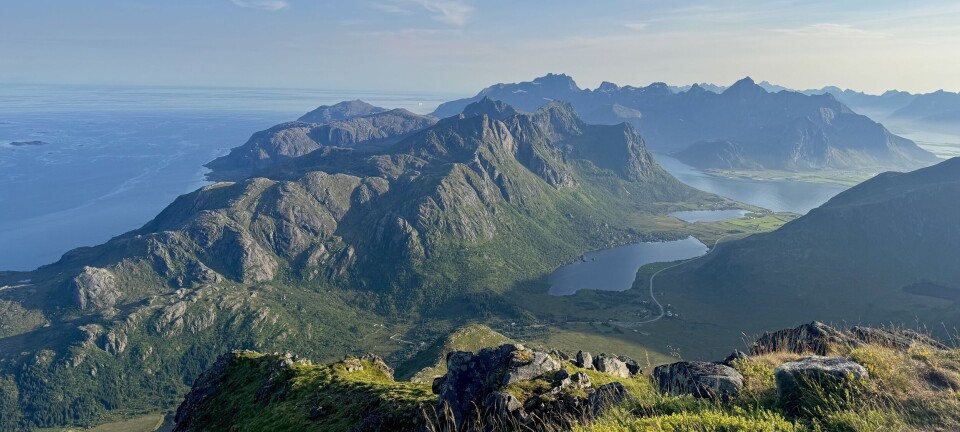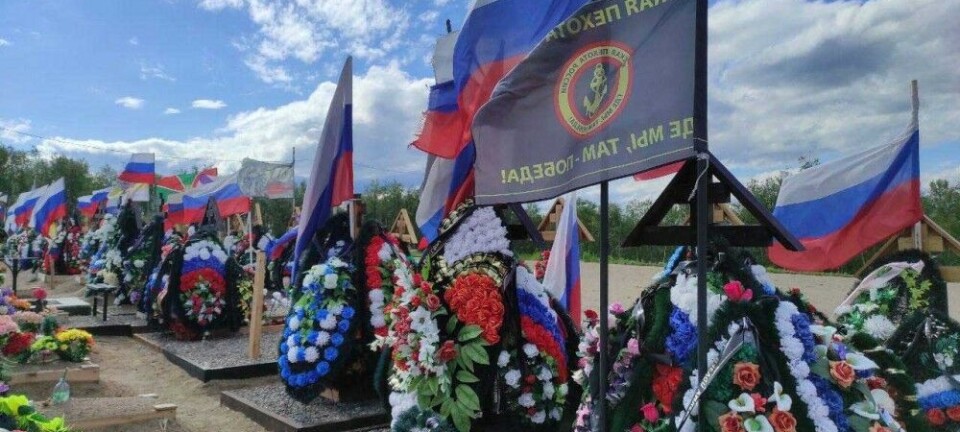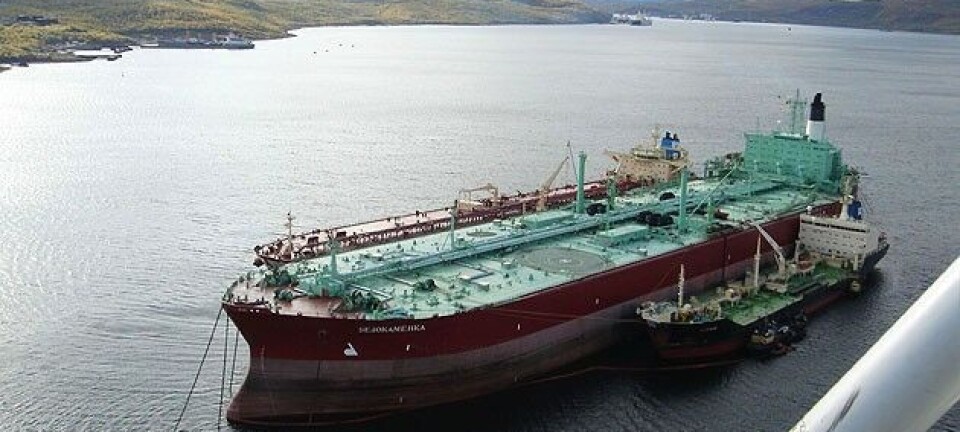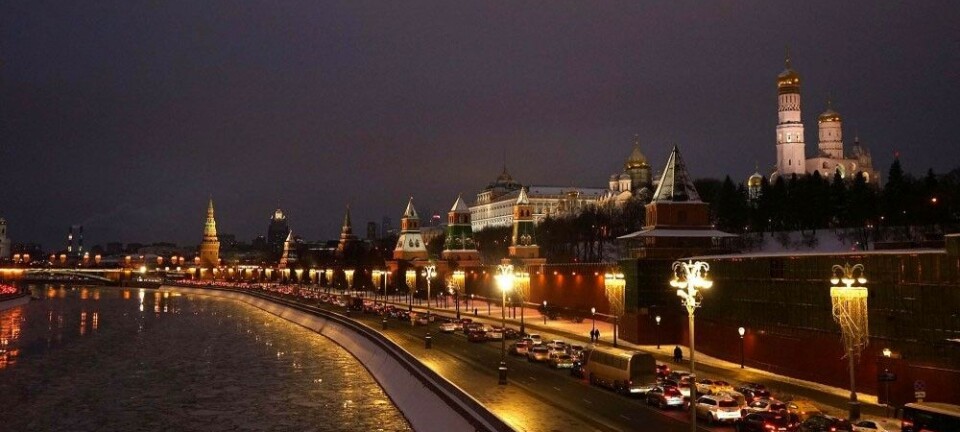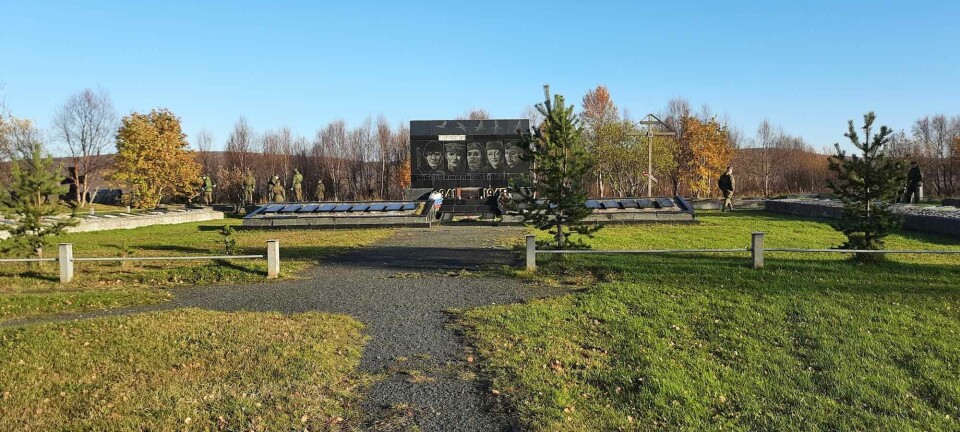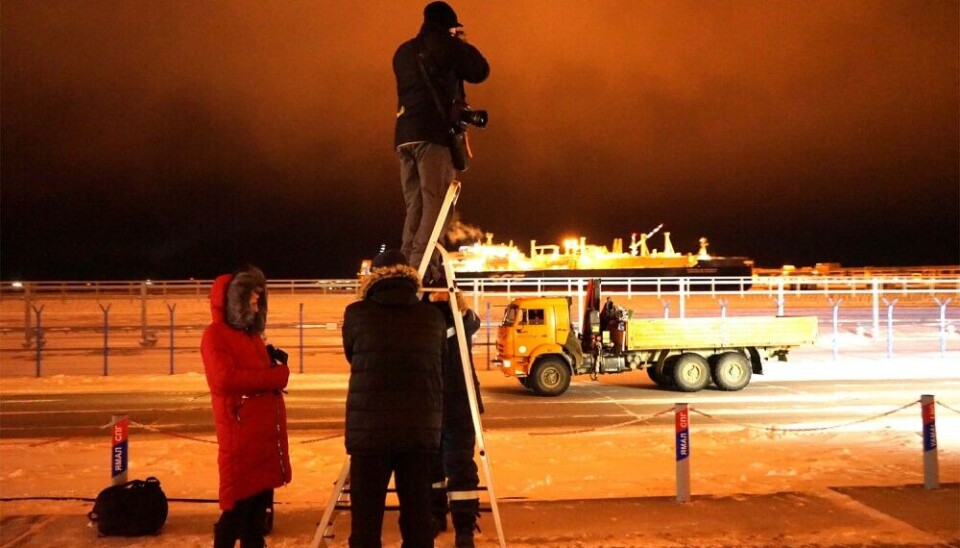
As Russian gas company Novatek readies new Arctic production platform, LNG export to Europe beats record
European countries in April bought 12,073 billion cubic meters of liquified natural gas from the warring country.
Amidst Moscow’s continued onslaught on Ukraine, European countries acquire more LNG from Russia than ever. The previous monthly record was set in December 2022 when 11,9 billion m3 was delivered to the EU, Interfax reports.
While Russia’s pipeline gas export to the EU has almost come to a full halt, exports of LNG are not yet subject to European sanctions and has proceeded with full steam.
Practical all of the gas is produced in the far northern Yamal Peninsula where Novatek operates its Yamal LNG project.
The field that is located in the remote tundra has capacity to produce almost 20 million tons per year. A fleet of 15 carriers shuttle to and from the terminal of Sabetta with their load.
Although Russia intends to send major volumes of the liquified gas eastwards on the Northern Sea Route to Asia, it is the European market that remains the by far most important.
And more LNG from the Russian Arctic will soon be in the pipeline.
In 2024, Novatek will open its new grand project, the Arctic LNG 2, and ultimately double its production capacity.
The first of three production platforms built for the Arctic LNG 2 is due to be towed from the Kola Yard outside Murmansk to the Gydan peninsula in fall this year.
Novatek now confirms that the floating gravity platform is almost completed. In mid-April, the platform’s temporary power transformator substations were removed and replaced by the permanent supply system.
When all three production trains are operational, the Arctic LNG 2 will be able to produce up to 19,8 million tons per year.
The primary target market for the additional LNG will be Europe. However, by the time the project comes online, the EU might have set a stop also for Russia’s LNG.
Strong forces in Europe are today calling for a ban on the Russian LNG exports, and the liquified gas could ultimately be part of an upcoming new sanctions package.
In that case, the Russian Arctic LNG producers will have to look towards Asian markets, and the powerful LNG carriers could be more frequent users of the icy Northern Sea Route.




